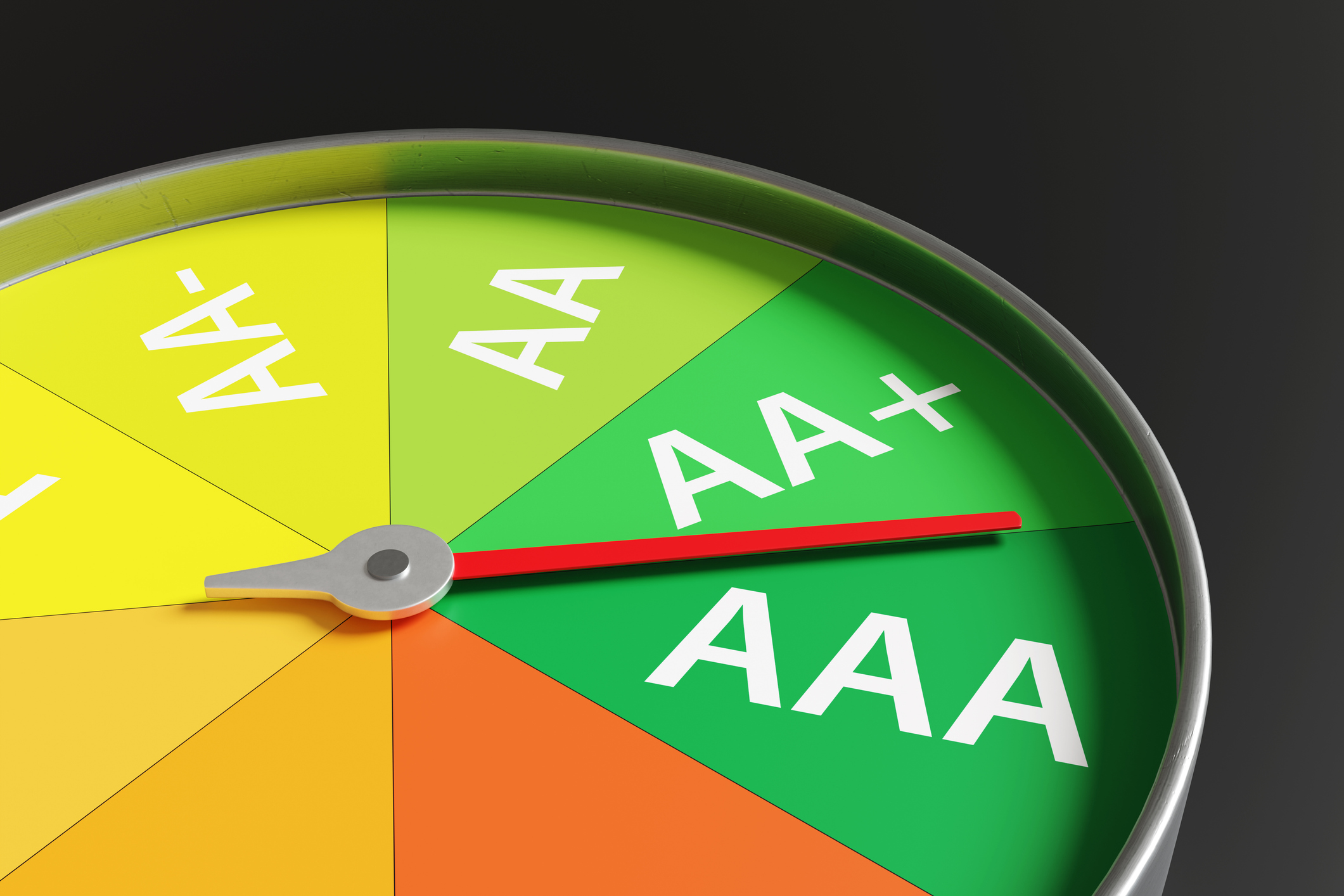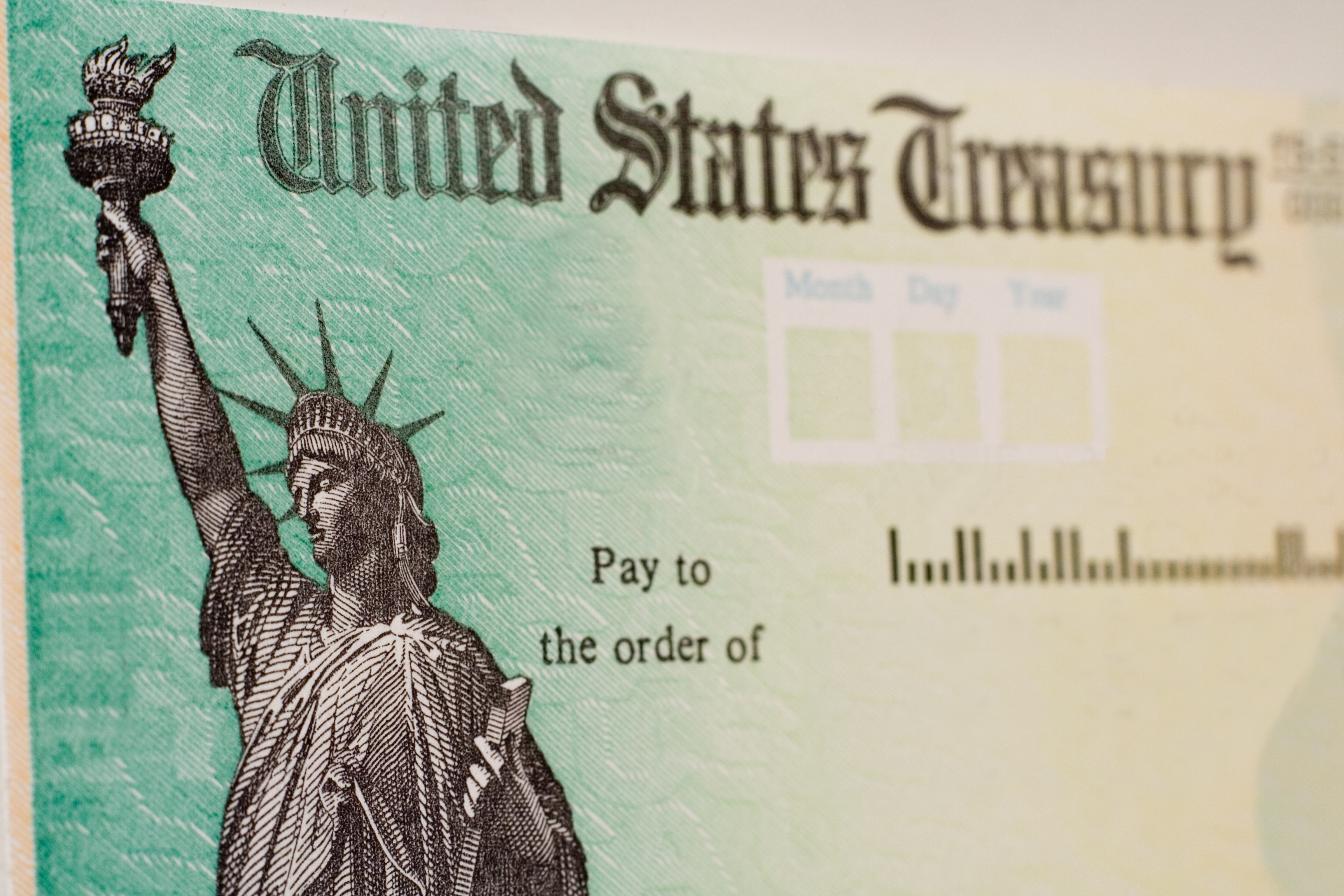BlackRock Multi-Asset Income Fund
The managers of this fund navigate a tricky bond environment, seeking safety with a reasonable yield.

When you’re living on investment income, you can’t take a lot of risks with your principal. That makes today’s investment environment particularly dicey for retirees, says Michael Fredericks, one of the managers of BlackRock Multi-Asset Income Fund A (symbol BAICX).
World economic turmoil and a lackluster domestic economy have conspired to push U.S. Treasury bond yields to record lows while creating extreme volatility in the stock market. Investors can get somewhat higher yields by investing in longer-term bonds, Fredericks says. But then they’re flirting with the risk that inflation will heat up over the long term. Likewise, you can collect more income by investing in foreign-government bonds and high-yield corporate bonds, but you’ll face currency risk in the foreign bonds and default risk with the junk bonds. “It’s tempting to seek higher yields, but the further you reach for yield, the more risk you take,” says Fredericks, who along with four other managers took over the four-year-old Multi-Asset Income fund last September. “I sympathize with the need for income, but you need to be very careful to look at where that takes you.”
Fredericks says the bulk of the people who have money in his fund are retired and collect income on a monthly basis. That’s got him walking a tightrope -- wanting to maintain a conservative posture while realizing that investments in U.S. Treasuries are unlikely to even keep pace with inflation.

Sign up for Kiplinger’s Free E-Newsletters
Profit and prosper with the best of expert advice on investing, taxes, retirement, personal finance and more - straight to your e-mail.
Profit and prosper with the best of expert advice - straight to your e-mail.
With the markets particularly tenuous now, he has lightened up on junk bonds. These bonds, issued by highly indebted companies, made up 47% of the portfolio at the end of March but now account for just 27% of the fund’s assets.
He has also reduced the fund’s exposure to common stock, which now accounts for 20% of the portfolio, compared with 28% a few months ago. The stocks he continues to hold are almost all brand-name companies that pay rich dividends. High-dividend stocks have been a go-to asset for investors seeking income for the past several years. That has Fredericks a little concerned about whether dividend-paying stocks might be over-bought as a group. He’s trying to mitigate that risk by looking for companies that have both the cash flow and the commitment to keep the dividends high and to hike them consistently year after year.
Fredericks says that the money the fund has pulled out of stocks and high-yield bonds has been reinvested in two places -- floating-rate bank loans and short-term investment-grade bonds. Bank loans present some default risk but help protect the portfolio from the potential ravages of inflation because the interest rates on the loans rise with lending rates. Floating-rate bank loans now account for 10% of assets, versus 5% three months ago.
But the bulk of the shifted money has gone into investment-grade bonds that are set to pay off relatively quickly, says Frederick. Admittedly, the returns on these bonds are paltry, and Frederick sees them more as “dry powder” for use when the prospects turn brighter for both stocks and riskier bonds. “As the U.S. has come off the rails, we have been taking risk out of the portfolio,” he adds. “This is temporary posturing, but we think it’s the prudent thing to do in this market.”
Multi-Asset Income has performed well during its relatively short life. Over the past year through June 26, the fund’s class A shares returned 5.6%, beating Morningstar’s average “conservative allocation” fund by 3.3 percentage points. Over the past three years, the fund returned 12.9% annualized, topping the category average by an average of 3.5 points per year.
The A shares levy a front-end sales charge of 5.25%, charge 0.80% a year for expenses and require a $1,000 minimum initial investment. The fund’s institutional class (BIICX) is no-load and charges just 0.55% a year, but it requires $2 million to start. The best way to buy this fund is through a retirement plan that can qualify for the institutional share class.
Kathy Kristof is a contributing editor to Kiplinger’s Personal Finance and author of the book Investing 101. Follow her on Twitter. Or email her at practicalinvesting@kiplinger.com.
Kiplinger's Investing for Income will help you maximize your cash yield under any economic conditions. Download the premier issue for free.
Get Kiplinger Today newsletter — free
Profit and prosper with the best of Kiplinger's advice on investing, taxes, retirement, personal finance and much more. Delivered daily. Enter your email in the box and click Sign Me Up.

-
 Should You Do A Roth IRA Conversion? Nine Things to Consider
Should You Do A Roth IRA Conversion? Nine Things to ConsiderThe Tax Letter Thinking of converting a traditional IRA to a Roth IRA? The Kiplinger Tax Letter Editor highlights nine factors you should consider before making a move.
By Joy Taylor
-
 33 Stocks That Could Rally 50% or More This Year
33 Stocks That Could Rally 50% or More This YearAnalysts say these S&P 500 stocks have at least 50% price upside over the next year or so.
By Dan Burrows
-
 Bond Ratings and What They Mean
Bond Ratings and What They Meaninvesting Bond ratings measure the creditworthiness of your bond issuer. Understanding bond ratings can help you limit your risk and maximize your yield.
By Donna LeValley
-
 Bond Basics: Treasuries
Bond Basics: Treasuriesinvesting Understand the different types of U.S. treasuries and how they work.
By Donna LeValley
-
 Bond Basics: Ownership
Bond Basics: Ownershipinvesting Bonds come in a variety of forms, but they all share these basic traits.
By Donna LeValley
-
 Bond Basics: Pick Your Type
Bond Basics: Pick Your Typeinvesting Bonds offer a variety of ways to grow wealth and fortify your portfolio. Learn about the types of bonds and how they work.
By Donna LeValley
-
 Silicon Valley Bank, Signature Bank Failures Send Bank Stocks Reeling
Silicon Valley Bank, Signature Bank Failures Send Bank Stocks ReelingFinancial stocks continued to sell off following the collapse of regional lenders SVB and Signature Bank.
By Karee Venema
-
 Stock Market Today: S&P 500 Snaps Weekly Losing Streak
Stock Market Today: S&P 500 Snaps Weekly Losing StreakAI stocks were big winners on Friday after C3.ai posted solid earnings and guidance.
By Karee Venema
-
 Stock Market Today: Stocks Bounce Back; UNP Rallies After CEO Splits
Stock Market Today: Stocks Bounce Back; UNP Rallies After CEO SplitsThe major benchmarks closed higher Monday after notching their worst week of the year on Friday.
By Karee Venema
-
 Five Ways to Diversify Your Portfolio During a Recession
Five Ways to Diversify Your Portfolio During a RecessionInvesting successfully during a recession is tough. However, you can protect and grow your portfolio with various diversification strategies.
By Justin Grossbard